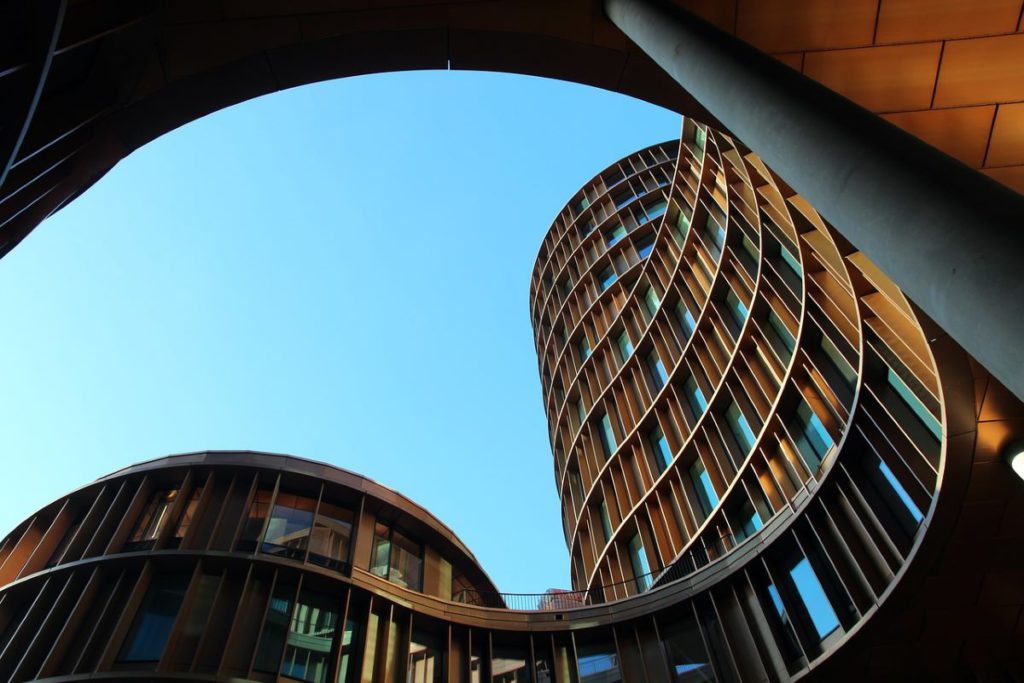Timber has long been revered for its natural beauty, durability, and versatility, making it a popular choice in construction projects around the world. From timber cladding to ceilings, this timeless material offers numerous benefits that contribute to its enduring appeal. In this article, we will explore the various advantages of using timber in construction while showcasing its aesthetic and functional qualities.
One of the most striking features of timber is its inherent beauty. The warm tones, unique grain patterns, and natural textures of timber create a sense of warmth and authenticity in any space. Whether it is used for cladding on the exterior of a building or for a ceiling inside, this material adds a touch of natural elegance and sophistication. Timber has a timeless quality that transcends design trends, ensuring that it remains aesthetically pleasing for generations to come.

Beyond its visual appeal, timber offers numerous practical benefits that make it an ideal choice for construction projects. One of the key advantages is its exceptional durability. When properly maintained, timber can last for decades, standing up to the test of time and various weather conditions. It possesses a remarkable strength-to-weight ratio, making it strong and resilient while remaining relatively lightweight. This quality is particularly advantageous in earthquake-prone areas, where timber structures have demonstrated superior performance and resilience.
Timber is also a more environmentally friendly material compared to others, as it is a renewable resource. Responsibly managed forests ensure that trees are harvested sustainably, preserving the long-term health and viability of the ecosystem. Moreover, the production and processing of timber require less energy compared to other building materials, resulting in lower carbon emissions. When timber is used in construction, it effectively stores carbon dioxide, helping to mitigate climate change. By choosing timber, architects and builders can contribute to a greener and more sustainable future.
Another benefit of timber is its excellent insulating properties. Timber acts as a natural insulator, providing superior thermal and acoustic performance. Timber cladding, for example, can help regulate indoor temperatures by reducing heat transfer, thereby reducing the need for excessive heating or cooling. This not only enhances the comfort of occupants but also leads to energy savings and reduced utility costs. Additionally, timber’s acoustic properties make it an excellent choice for areas where noise reduction is desired, such as auditoriums or recording studios.
In terms of construction efficiency, timber offers significant advantages. It is a lightweight material, making it easier to handle and transport. This results in faster construction times, reducing labour costs and minimising disruption to surrounding areas. Timber can be prefabricated off-site, allowing for precise and efficient assembly on-site. This method reduces waste, enhances quality control, and shortens construction schedules. Timber’s versatility and ease of use also enable architects and designers to explore innovative and creative solutions, resulting in unique and inspiring structures.
Furthermore, timber has a positive impact on human health and well-being. Numerous studies have shown that exposure to natural elements, such as timber, can reduce stress levels and promote overall well-being. The use of timber in interior spaces, such as incorporating a timber ceiling into a design, creates a warm and inviting ambience, contributing to a sense of tranquillity and comfort.
In addition to it, architects and designers are also continually finding new and innovative ways to incorporate timber into their projects. From large-scale commercial buildings to cosy residential homes, timber cladding has become a popular choice for exterior facades. Its natural beauty adds warmth and character, while its durability protects the building from the elements. Timber cladding also allows for creative expression through various profiles and finishes, enabling architects to achieve a distinct architectural style that complements the surrounding environment.
The use of timber in construction also supports local economies and communities. Timber is often sourced from local forests, providing job opportunities in forestry, manufacturing, and construction sectors. This localised approach fosters economic growth and helps create a sense of pride and ownership within communities. By prioritising timber as a building material, architects and builders can contribute to sustainable development and support local industries.
In a nutshell, timber’s enduring beauty, functionality, and sustainability make it an ideal choice for construction projects. From its durability and insulation properties to its positive impact on human well-being, timber continues to prove its worth in the construction industry. By embracing the beauty of timber and recognising its numerous benefits, we can create sustainable, visually stunning, and harmonious built environments that stand the test of time.
